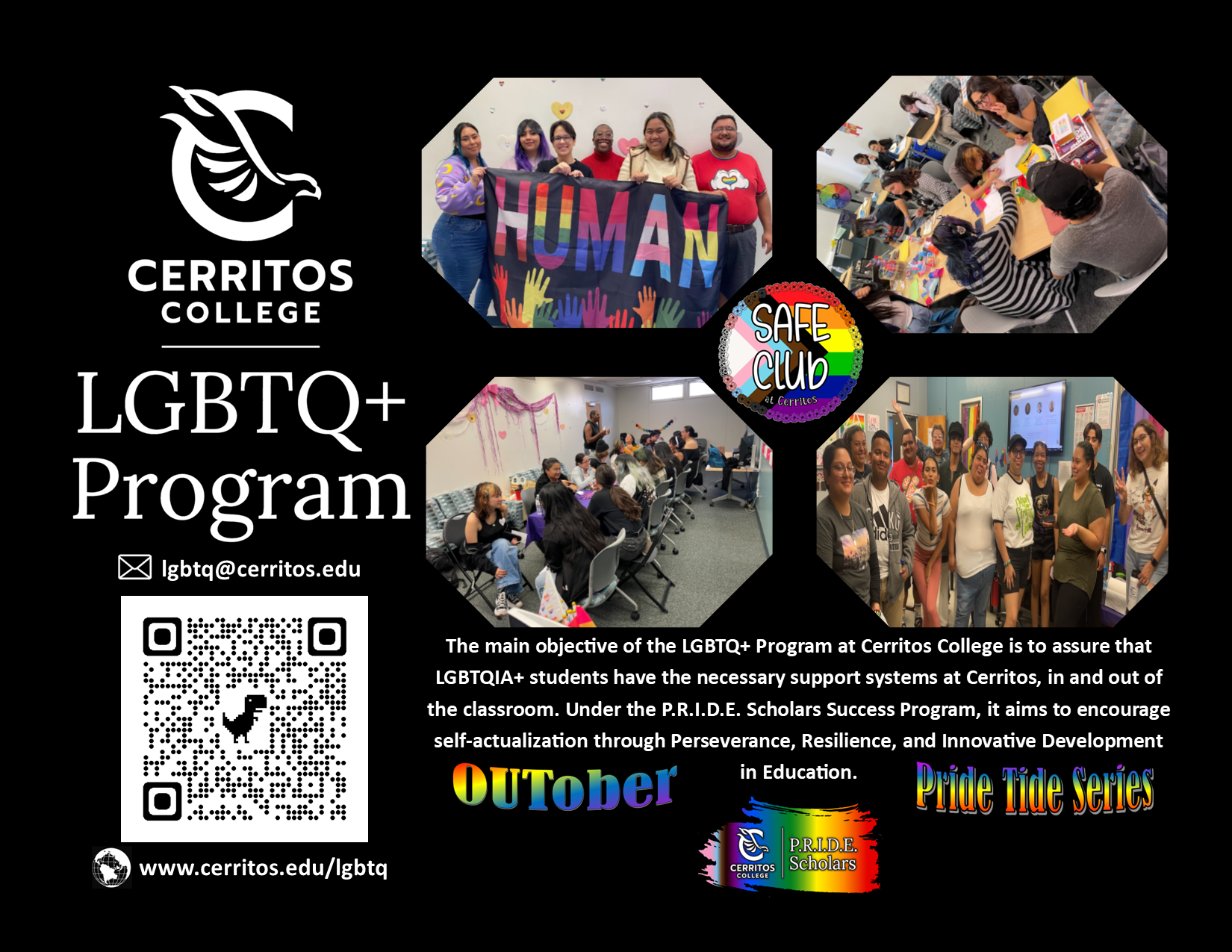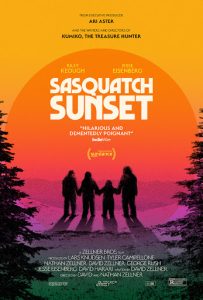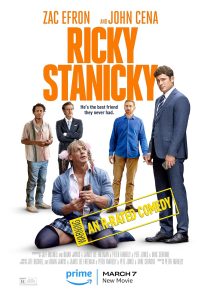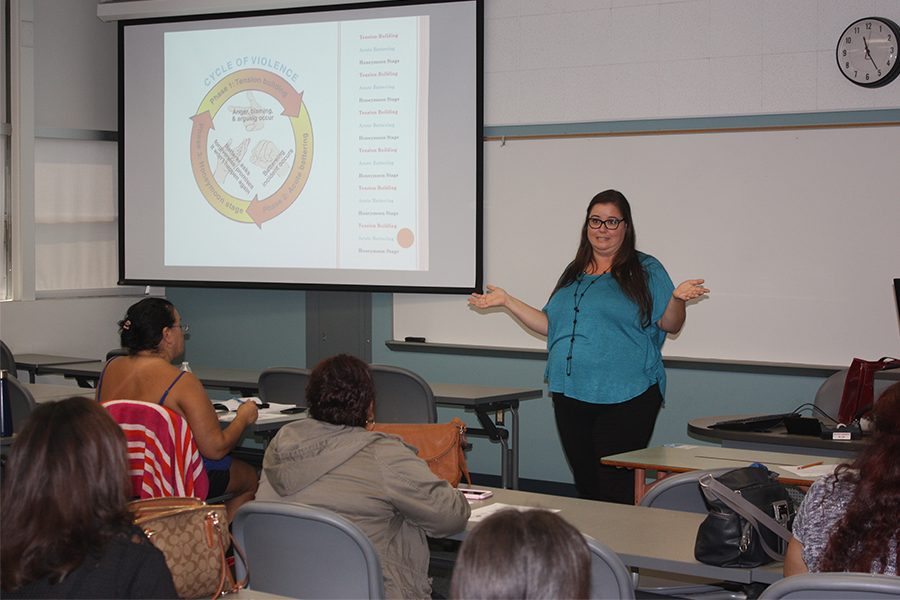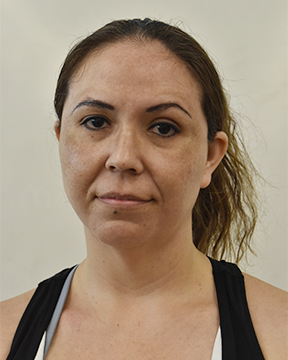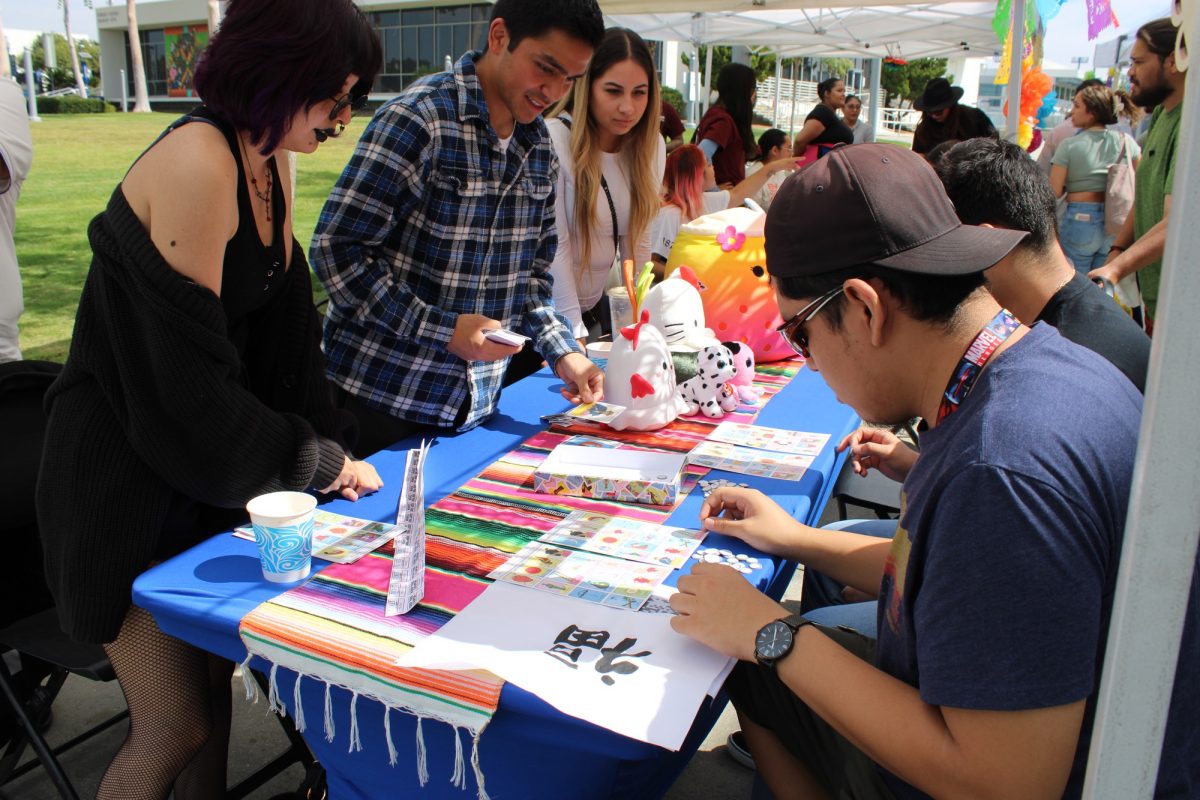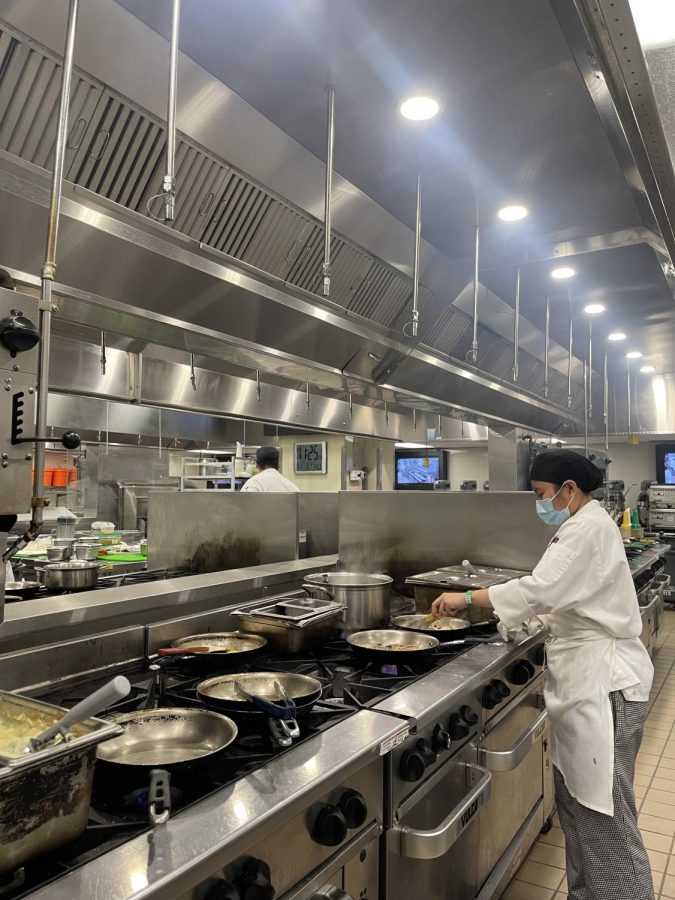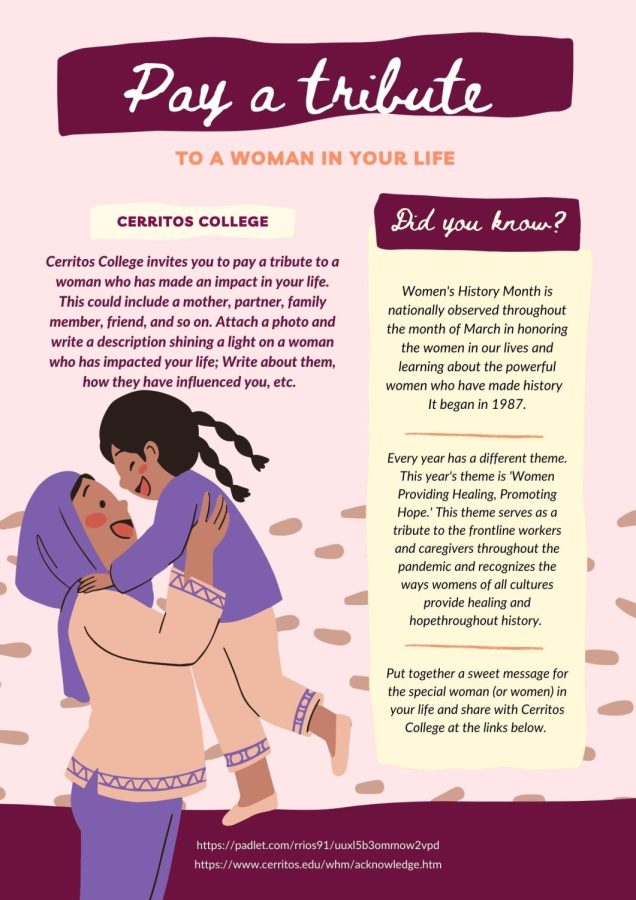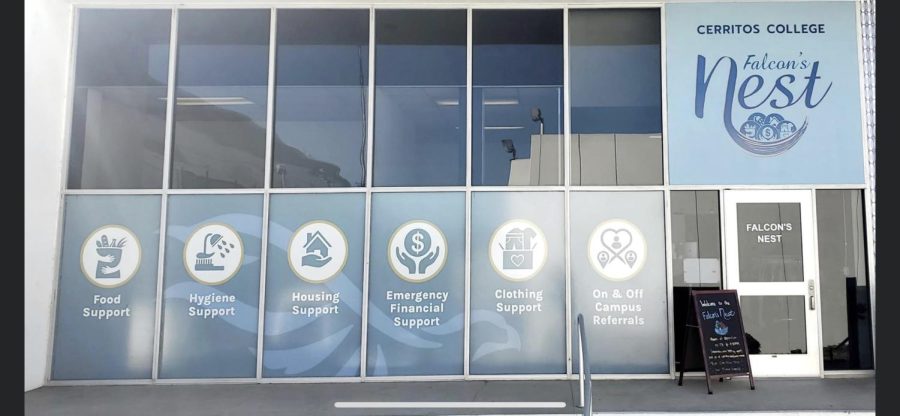The presentation on intimate partner violence was focused on sending out an important message to students.
The workshop took place on Wednesday, Oct. 25.
As her eyes watered, mental health major Sarina Tarin said, “I had mixed feelings about it, I learned something and what brought me here today was just past history, past personal experience, I hope to get more strength more empowerment.”
Drug and alcohol counceling major Patty Diaz said, “What brought me here today is basically because my major is going have to me involved in domestic violence situations and learning how to help others.”
The presenter was LCSW Community Outreach Director of Casa Youth Shelter Pamela Sepulveda.
She defined what abuse is according to her, “A lot of people don’t like to use the word domestic violence because domestic means, “home” and this doesn’t happen just to people who live together.
“This can also happens to people who are in a relationship not living together. Back in the day we used to called it spousal abuse, we don’t use that term anymore because we don’t have to be married to have this type of violence in a relationship.”
Psychology major Ana Pimentel said, “I thought it was very impressing […] and opened my eyes. I want to be able to help both men and & women who are suffering from domestic violence.”
Sepulveda focused in explaining what abuse is by engaging with students with short scenarios. She also explained key parts in abusive behavior, the cycle of abuse and behaviors victims of abuse might have.
Sepulveda said, “One of the most important messages for the people who didn’t get to attend the workshop would be if they know someone who is in a violent relationship that person is probably scared, feeling shame and guilt, I would want them to support that person emotionally through whatever the person is hurting without their own agenda getting on the way.
“There’re places like the Title IX on campus that can help. Students can be sure that when they are educated on this issue on intimate partner violence, they can react better in their own personal relationships, if someone starts to violate their boundaries and if the relationship starts to escalate [they can] identify those warning signs.”
She continued, “[they] can identify those warnings within their friends and family members they have around.”
Three Key Parts of abusive behavior are:
- Direct Aggressive Act : If someone approaches and hits you in the face.
- Indirect aggressive act: The aggressor went to his/her family, threatened them to leave you alone or it will get worse.
- Pattern of repeated behavior over time or an escalation of aggression.
- Imbalance of Power or Strength:
Abuse is not just men hurting women, it’s women hurting men, it’s women hurting women, men hurting men.
A factor that makes the LGBTQA population have a higher risk for abuse is when “there’s one person in the closet and one person out of the closet. The person with the secret vs. the person who’s out of the closet has more power,” Sepulveda said.
The teen population is affected by three different types of abuse:
- Child abuse: Imbalance of power, adult versus child.
- Bullying/Peer abuse: Imbalance of power, peer versus peer.
- Domestic violence: Imbalance of power, partner versus partner.
Sepulveda explained how there are three phases in a cycle of violence:
1. Tension building: Anger, blaming, & arguing occur.
2. Acute battering: Battering incident occurs.
3. Honeymoon stage: Batterer asks forgiveness; promises it won’t happen again.
Sepulveda discussed other behaviors that occur in the victim and abuser relationship.
“Trauma Bonding Is shown when abused children cling tenaciously to the parents who hurt them, and victims of intimate partner violence repeatedly return to their abusive partner.
“Perpetrators of sexual abuse may manipulate trauma bonds further by giving their victim the only sense of specialness, or being loved, that they have ever had”Sepulveda said.
She also explained that when a person is subjected to coercive control there are profound alterations in the victim’s identity. All the structures of the self, body image, the internalized images of others, the values and ideals that lend a sense of coherence and purpose are invaded and systematically broken down.
Another behavior that Sepulveda talked about in the presentation was Stockholm Syndrome.
Stockholm Syndrome can be predicted by the number of humiliating experiences, the level of deprivation experienced and the degree of PTSD related to the number of violent episodes experienced by victims.
However Stockholm Syndrome does not always developed since it depends on specific preconditions.
Sepulveda can be reached at 562-594-6825, 714-995-8601 or at [email protected]
The following are resources available for victims of domestic abuse:
- Su Casa 562- 421-6537
- Human Options 877-854-3594
- Women’s Shelter of Long Beach 562-HER-HOME
- 911 in case of an emergency 211 for additional referrals
- Shannon Estrada at: [email protected] or by calling 562-860-2451, Ext. 2362
- Dr. Valyncia Raphael, J.D. Direcctor of Diversity, Compliance, and Title IX Coordinator, 562-860-2451 Ext. 2276 or at [email protected]

